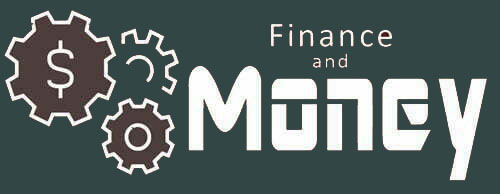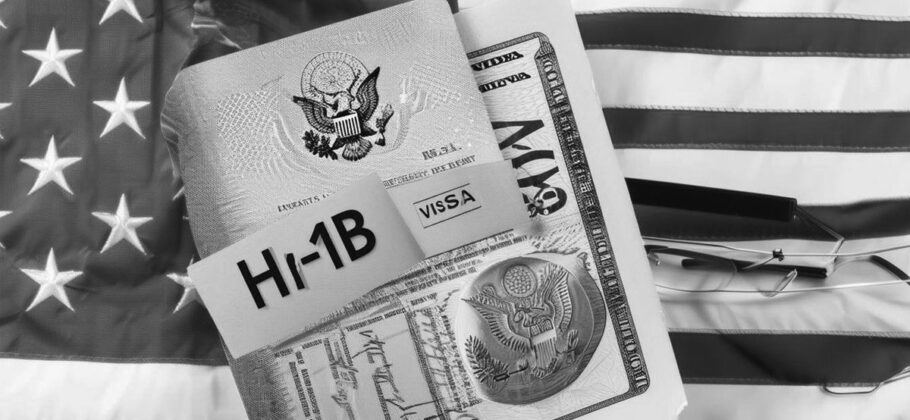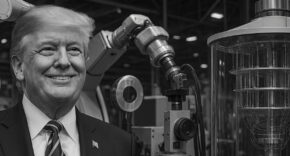President Donald Trump has unveiled a sweeping change to the U.S. immigration system that touches both skilled-worker visas and investor residency programs. On September 19, 2025, Trump signed a proclamation adding a $100,000 annual fee to H-1B visas and introducing a new “gold card” residency visa priced at $1 million. The administration says the plan will protect American workers, raise federal revenue, and ensure only the most talented or committed applicants are allowed in. But critics warn the changes could disrupt U.S. business and spark legal challenges.
The New H-1B Visa Fee
The H-1B visa has long been a cornerstone of the U.S. system for hiring highly skilled foreign workers, especially in technology, engineering, and computer science. The program allows 85,000 new visas each year, but demand far exceeds that cap, so a lottery decides who qualifies.
Trump’s new policy requires companies to pay $100,000 per year per H-1B worker, a huge increase from the current $215 entry fee and a few thousand dollars in processing costs. Commerce Secretary Howard Lutnick explained the rationale: “If you’re going to train people, you’re going to train Americans. Stop bringing in people to take our jobs. If you have a very sophisticated engineer and you want to bring them in, then you can pay $100,000 a year for your H-1B visa.”
The White House later clarified that the fee applies only to new applicants, not current visa holders or renewals. Even so, the sudden change has rattled both workers and companies. Kathleen Campbell Walker, an immigration lawyer, said the new rule “inserts total chaos in the existing H-1B process with basically a day’s notice.”
The Gold Card Visa
Alongside the H-1B fee, Trump announced the launch of the “gold card.” For $1 million paid to the U.S. Treasury, individuals can secure a fast-track residency, while corporations can sponsor an employee for $2 million. The program is based on the existing EB-1 and EB-2 categories for people with extraordinary abilities but consolidates them into a single, high-cost pathway.
Applicants must also pay a $15,000 vetting fee, and the Department of Homeland Security will review each case. The administration expects to issue around 80,000 of these visas annually, down from 140,000 employment-based green cards currently available. Trump said the program would “take in hundreds of billions of dollars” that could reduce taxes and the national debt.
Supporters of the Plan
Backers argue the changes are overdue. Advocacy groups like U.S. Tech Workers, long critical of the H-1B system, called the $100,000 fee “the next best thing” to abolishing the visa program altogether. Ron Hira, a professor at Howard University and a frequent critic of H-1Bs, said the move acknowledges that the system has been abused. “It’s a recognition that the program is abused,” Hira explained, noting that many companies hire entry-level foreign workers at lower wages rather than truly unique talent.
For the gold card, Trump supporters point to the revenue potential and the chance to attract only the most accomplished or wealthiest applicants. Lutnick summed it up: “We are going to only take extraordinary people at the very top, instead of people trying to take the jobs from Americans.”
Skeptics and Concerns
Skeptics argue the plan could backfire, driving talent and business to other countries. Adam Kovacevich, head of the Chamber of Progress, said, “I strongly suspect the administration is going to realize in the coming days and weeks that this policy clashes with his stated goal of winning the AI race.” Major companies like Amazon, Google, and Microsoft rely heavily on H-1B workers, many of whom come from India, which accounts for more than 70 percent of all H-1B visa holders.
India’s government has already expressed concern that the policy could disrupt families and cause humanitarian issues. The U.S. Chamber of Commerce also warned of impacts on employees and competitiveness. Legal experts say the changes are likely to be challenged in court, since Congress usually sets visa fees and categories. Michael Clemens, an economist at George Mason University, criticized the move as “poisonous and irresponsible” without public debate or legislative approval.
What Comes Next
The H-1B program was created in 1990 to bring in highly skilled workers where U.S. labor was lacking, not simply to cut costs for companies. Whether Trump’s overhaul will restore that original intent or weaken America’s edge in global talent is uncertain. The gold card could raise revenue, but it risks being seen as a shortcut for the wealthy rather than a merit-based system.
For now, companies and workers are left adjusting to sudden changes. Supporters call it a bold correction, while critics fear economic disruption and legal chaos. As with many Trump initiatives, the question is not only whether the policy will work but whether it can survive the inevitable battles in the courts and in the marketplace.





